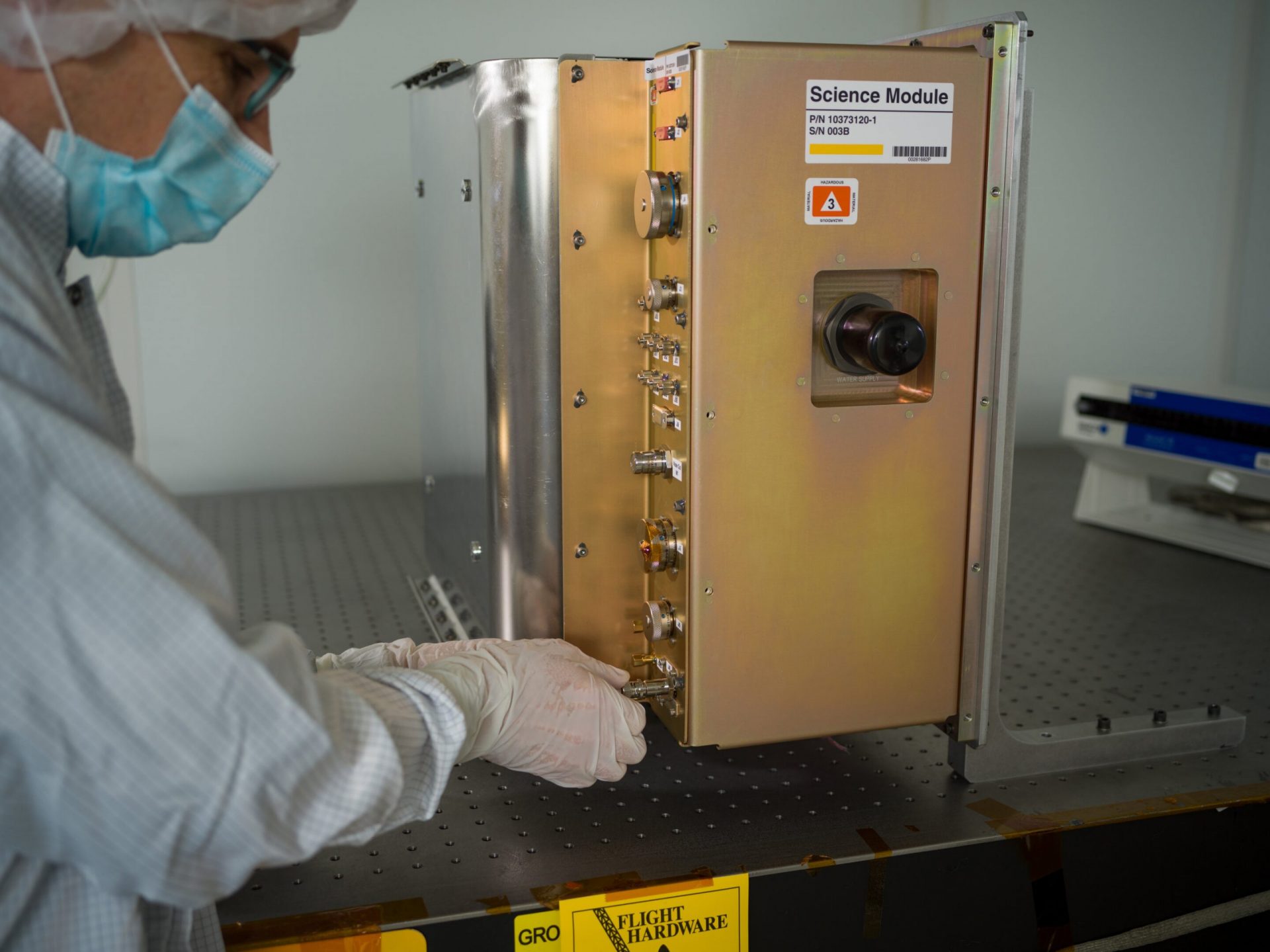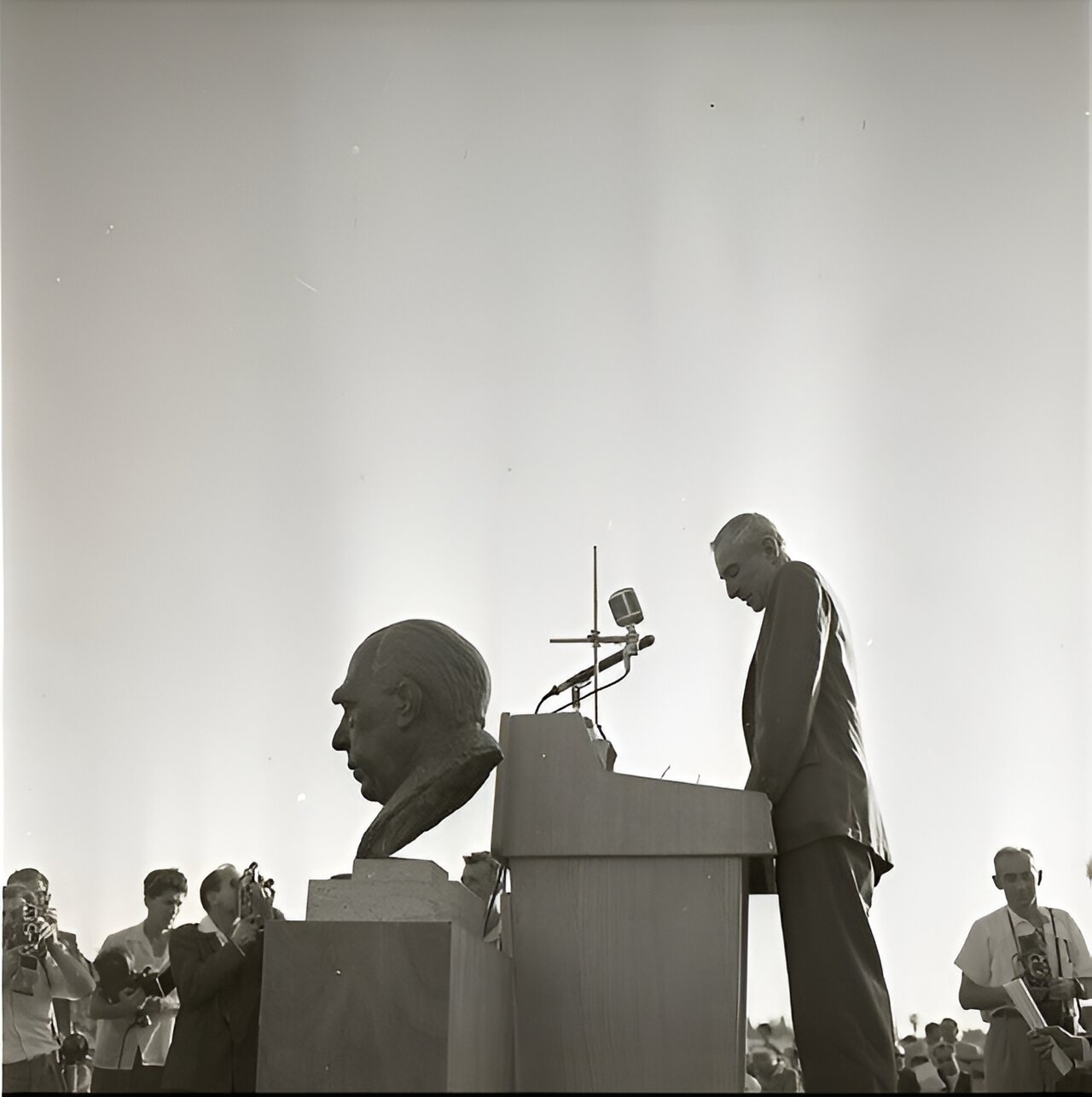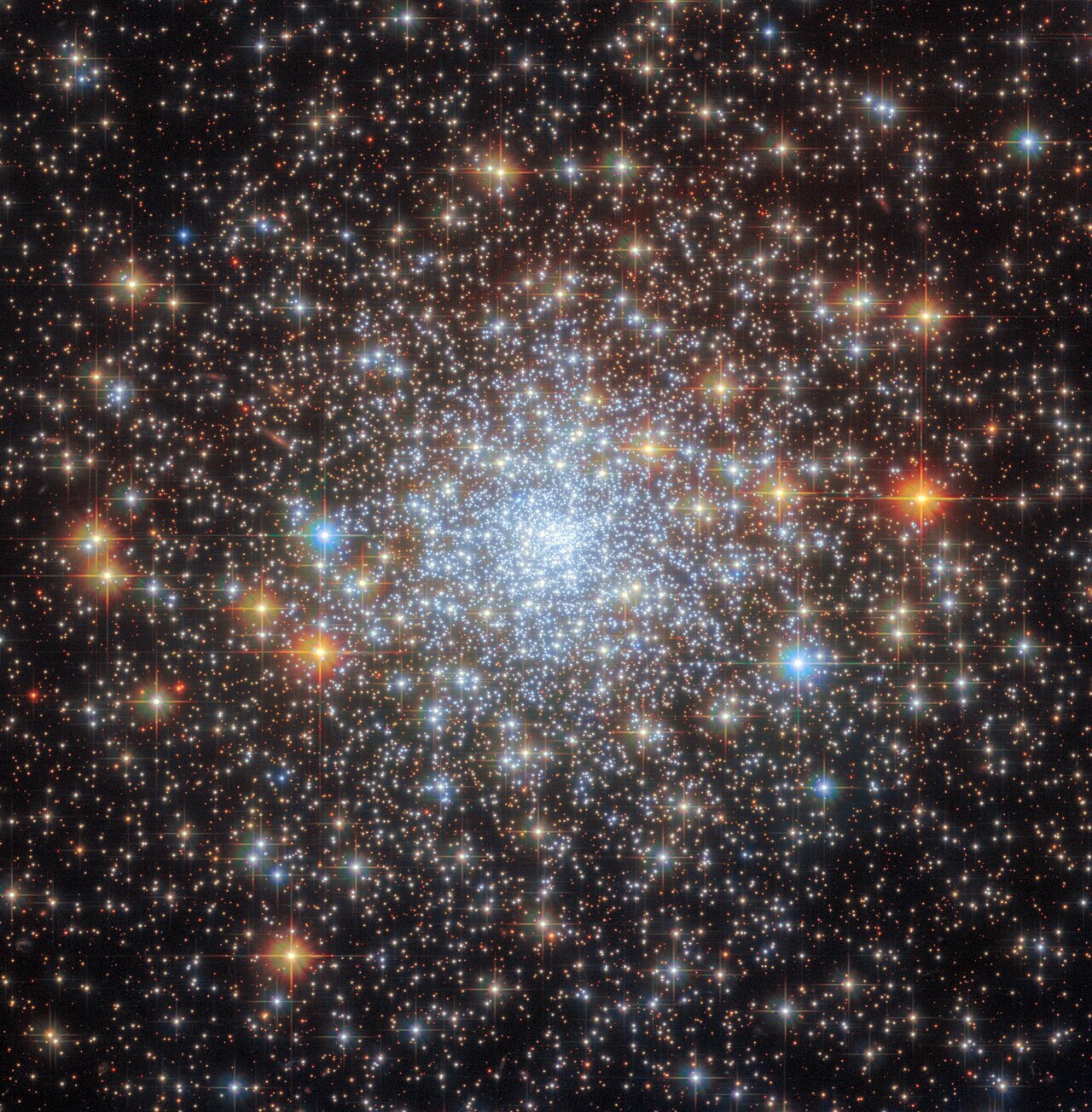Get ready for a major update in space exploration! On Tuesday, Aug. 1, NASA’s Cold Atom Lab embarked on a journey to the International Space Station aboard a Northrop Grumman Cygnus resupply spacecraft. This lab, about the size of a small refrigerator, is known as the coolest place in the universe due to its ability to chill atoms to almost absolute zero. It opens up a world of possibilities for scientists to conduct experiments in quantum science, unraveling the mysteries of atoms and particles that shape our reality.
The field of quantum science has revolutionized our everyday lives, giving birth to technologies like lasers, transistors, GPS satellites, and medical devices. Now, with further advancements in this field, we can expect even greater improvements in space-based navigation and communications.
The Cold Atom Lab, installed in 2018, is a groundbreaking facility that has posed unique challenges for the mission team. Operating in the weightless environment of the space station, they have had to adapt and learn how to conduct experiments remotely. The new hardware, known as the Quantum Observer Module, incorporates valuable lessons learned from the lab’s five years of operations.
“The experiments we’re conducting on the Cold Atom Lab will eventually enable us to measure gravity with unparalleled precision, which is an incredibly valuable tool in space,” said Jason Williams, Cold Atom Lab project scientist at NASA’s Jet Propulsion Laboratory.
Measuring gravity variations across the surface of planets and moons allows scientists to explore their composition and track the movement of water on Earth. Additionally, quantum sensors could play a crucial role in studying cosmological mysteries like dark matter and dark energy, which shape the universe’s expansion.
While the Cold Atom Lab doesn’t require astronauts for daily operations, a crew member will install the Quantum Observer Module this fall. Astronauts have previously supported upgrades and repairs to the lab.
Heart of the matter
Atoms and particles are the fundamental building blocks of the universe, but their behavior can be mind-boggling. They can oscillate between behaving like solid objects and waves, seemingly existing in two places at once. They can even pass through physical barriers through a phenomenon called quantum tunneling.
The Cold Atom Lab provides an ideal environment to study these quantum behaviors. By chilling atoms to temperatures just above absolute zero, scientists can slow down their movement and observe them more easily. At these temperatures, atoms can collectively form a Bose-Einstein Condensate, allowing scientists to observe quantum behaviors on a macroscopic scale.
While cold atom experiments have been conducted on Earth for decades, the presence of gravity causes atoms to fall quickly to the ground in vacuum chambers. Inside the Cold Atom Lab, atoms float weightlessly for longer periods, giving scientists more time to manipulate and study them. This unique environment also allows researchers to create shapes and structures impossible to form on Earth, providing insights into the behavior of quantum materials.
Quantum leap
The Cold Atom Lab upgrade will significantly increase the number of atoms available for each experiment. This upgrade is akin to using a telescope with higher resolution, allowing scientists to collect more data and expand the range of experiments they can perform.
With more atoms, scientists can gain a deeper understanding of their physical dynamics and interactions with each other. Additionally, the increased number of atoms allows them to reach even colder temperatures before dispersing.
“We envision the Cold Atom Lab as the beginning of a new era where quantum tools are regularly utilized in space,” said Kamal Oudrhiri, the project manager for Cold Atom Lab at JPL. “This mission has demonstrated the reliability and upgradability of delicate quantum tools in space. We hope to see many more quantum space missions in the future.”








